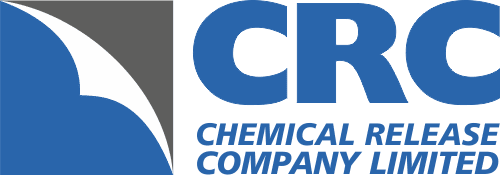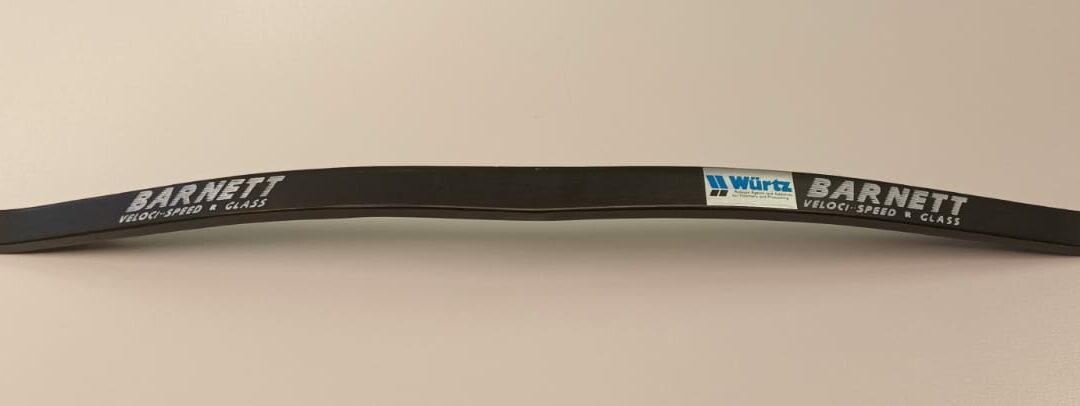By working closely with our clients to develop tailored solutions to their needs, we can help them not only create an immaculate finish but can often deliver a more cost-effective process that offers a great return on their investment.
The requirement
A manufacturer of crossbow prods came to us for a release agent that would create a clean surface on to which paint could be applied.
The challenge
Crossbow prods are manufactured using epoxy resin reinforced with continuous glass fibre roving. The moulding process itself is a cross between pultrusion and compression moulding in matched metal tools.
The catalysed resin is impregnated into the glass fibre and pulled into the mould, then pressed and cured. When de-moulded, the next charge is pulled through and the process repeated.
Our challenge here was to get a good clean release without affecting the post-mould painting of the part.
During discussions about the process, our team also discovered another concern that we felt might also be able to be addressed as part of our solution. This was the high reject rate due to out of spec flexural strength, the crossbow prod has to have a given flex within upper and lower limits.
Our solution
Our solution was to use an internal mould release (IMR) PAT 656/3 with an occasional clean with a water-based external PAT 607/PCM. Both of these are non-silicone, non-wax products, ensuring excellent paint adhesion with minimal preparation.
The IMR also optimised the resin wet out of the glass fibres, leading to a reduction of rejects due to out of specification flex from 12% to less than 1%. Although we had planned to address the reject rate as part of the solution, we were delighted with such a spectacular result. For our client, it also meant that the solution was very cost-effective, with the gain in productivity more than covering the cost of the release system.

